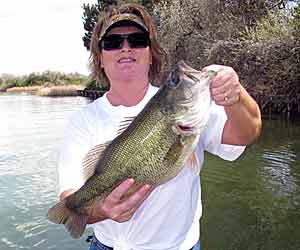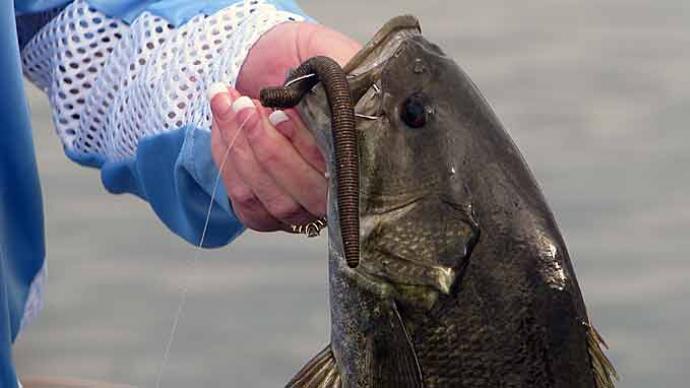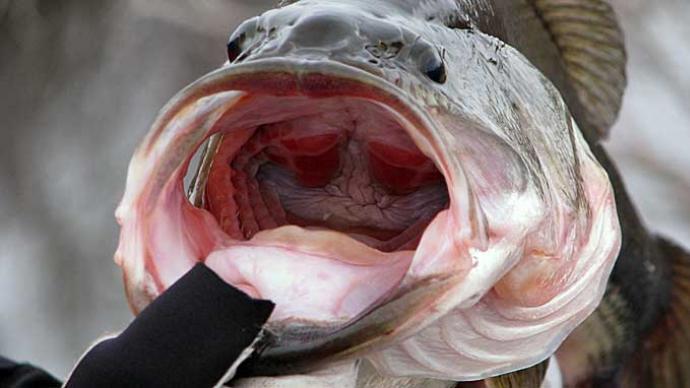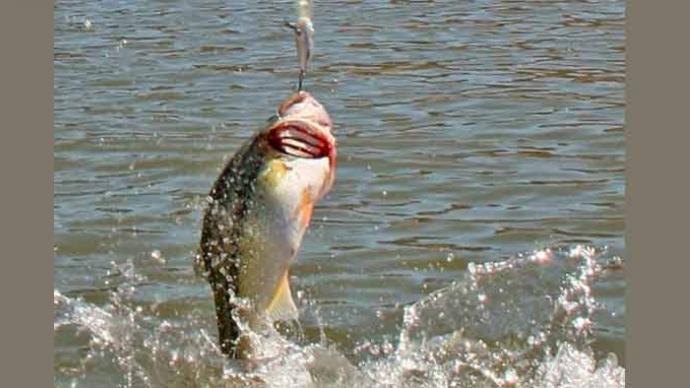
There are numerous factors that influence the location of bass on any given body of water at any given time. Catching bass is an entirely different challenge, so let's focus on finding them.
The one constant factor that should never be ignored is the presence of forage. Crawfish, minnows, shad and frogs are just some of the types of forage bass feed on. The first thing to determine is what is the predominate forage bass are eating. This will differ from lake to lake, and knowing what type of forage that is becomes essential in our search.
Typically, the main forage in natural lakes are minnows and sunfish. In most southern impoundments it's likely some form of shad or blueback herring. Minnows and such relate to shoreline cover, while shad are found in open water. Simple enough you say: 'Up north, I'll fish shoreline cover and down south, I'll search out the schools of baitfish.' Oh, if it were only that simple. In a way, it is. A knowledge of both the fish we are targeting and the food source it preys upon, as well as some understanding of the lake, are essential.
So, lets breakdown a body of water and see if we can figure out where the fish may be located. As I said, there are many factors that influence that location. If we assume the fish are actively feeding and we are targeting shad or blueback herring, then our search begins off shore for the forage. Now consider the other factors we've explored; depth, wind, shade, forage and one we have yet to discuss, structure. Yes, structure also affects the movements of forage.
What about those 'shoreline' types of forage? Obviously they will be close to shore, but most of the other factors come into play in their location also. Will the forage be found on the deep or shallow edge of weeds? What if there are no weeds? What form of cover could be used to avoid their predators? Rocks, docks, brush, or wood?
So, if we know where the forageshouldbe and weassumethat the bass are active, using the other major factors in locating them we can rule out 90% of the water in any location. This isn't to say that some fish won't be shallow while we concentrate on the fish off shore, or just the opposite. We've narrowed down the water that we want to target to the 10% where their forage should be and we've upped our chances of catching active fish.
What about catching inactive fish? Well, my friend, that's a whole different ballgame. The good news this is fishing and not baseball, so the same rules will apply. We just need to check out the 'ballpark' before the game starts, as the ground rules can change.



